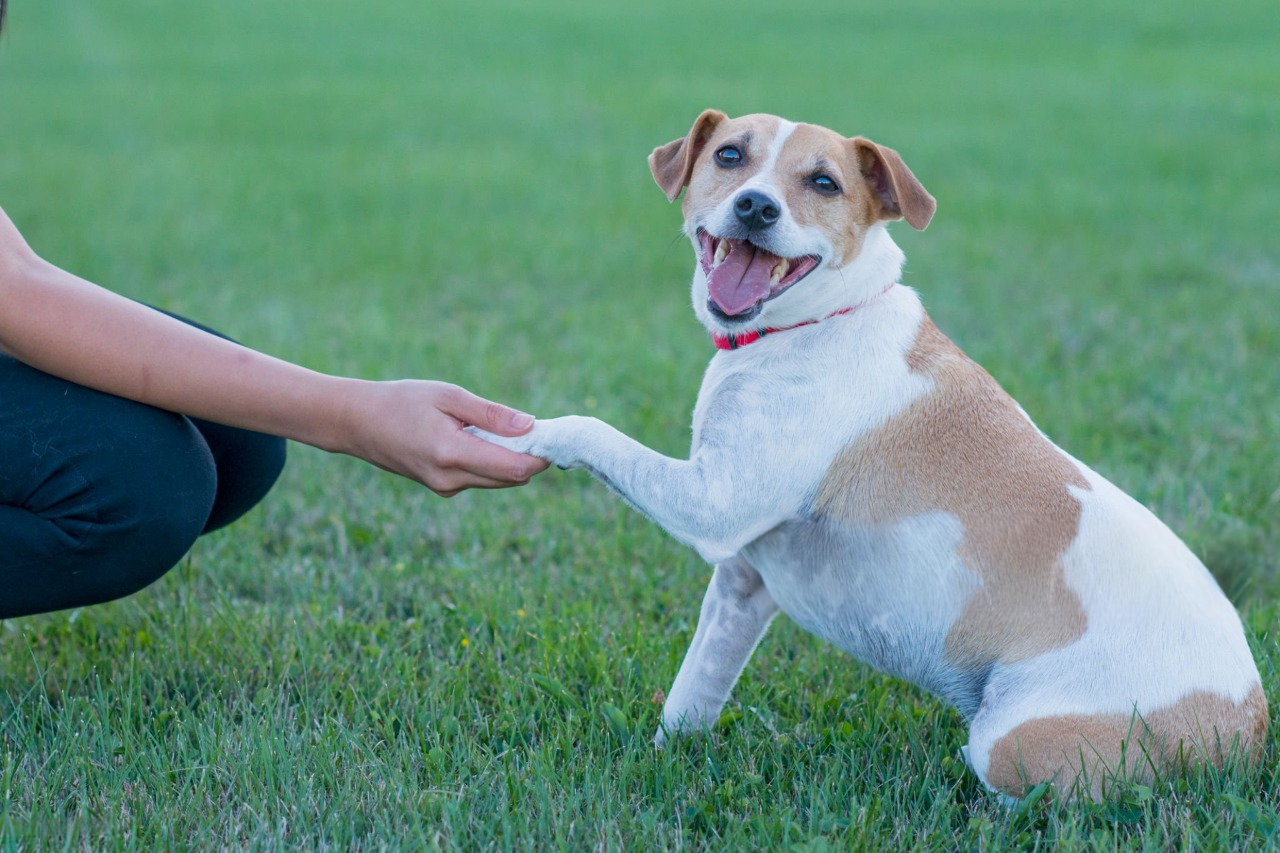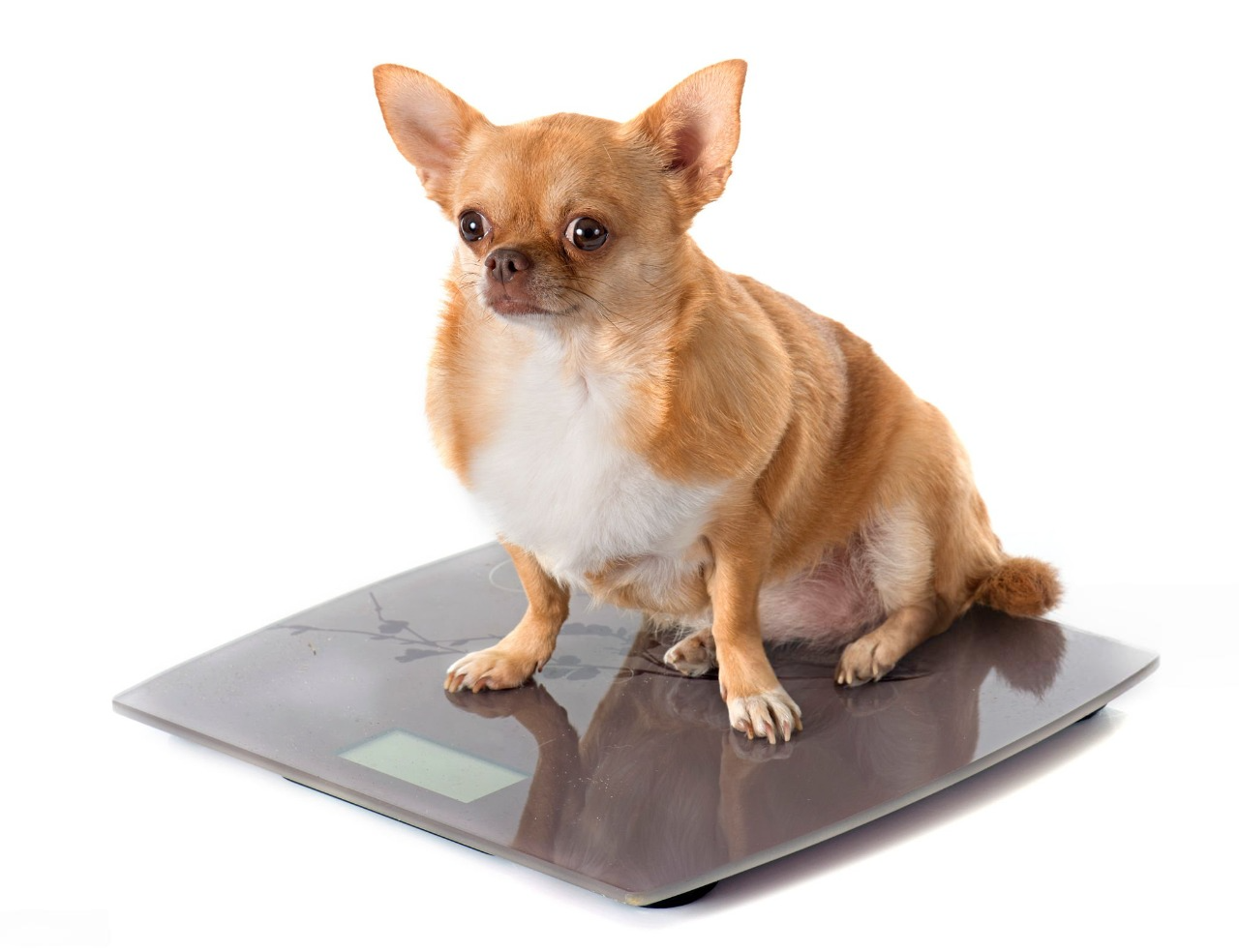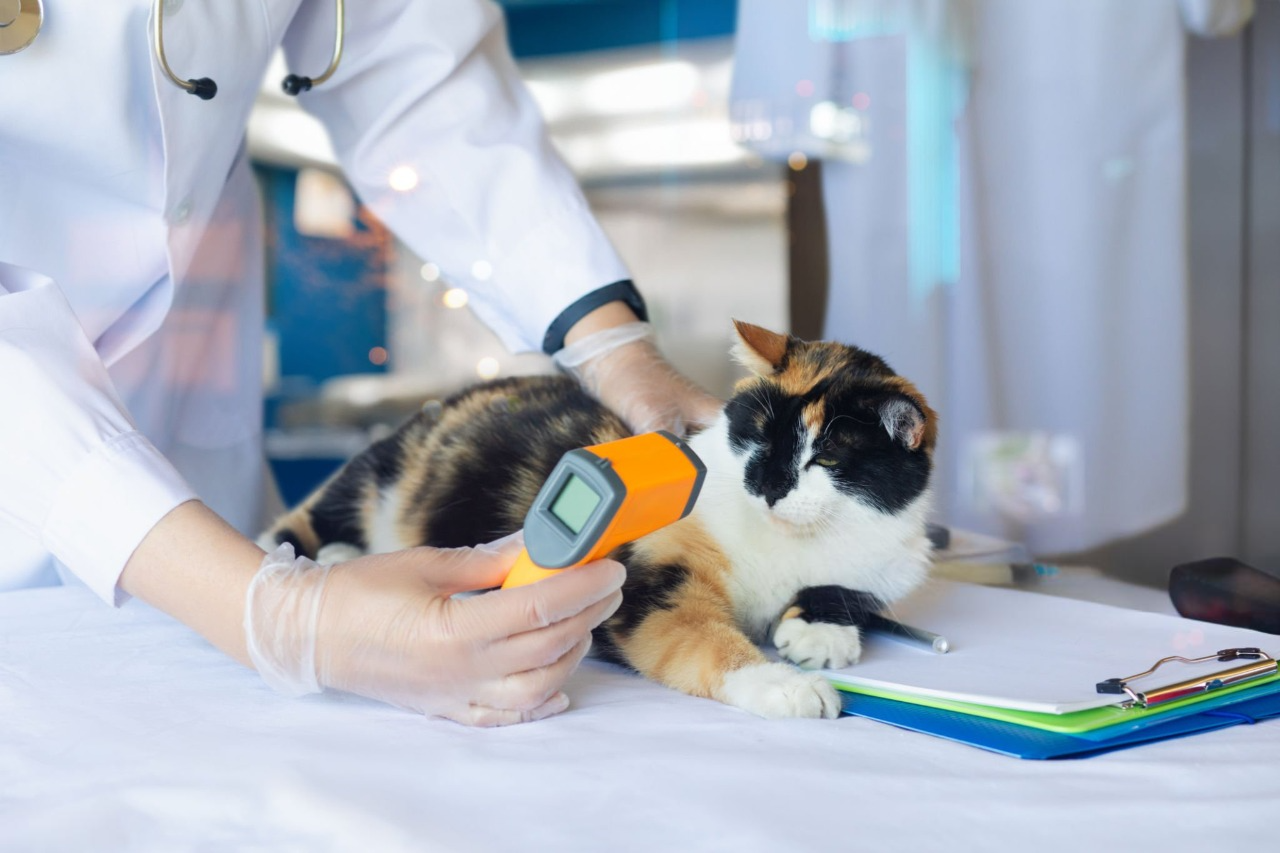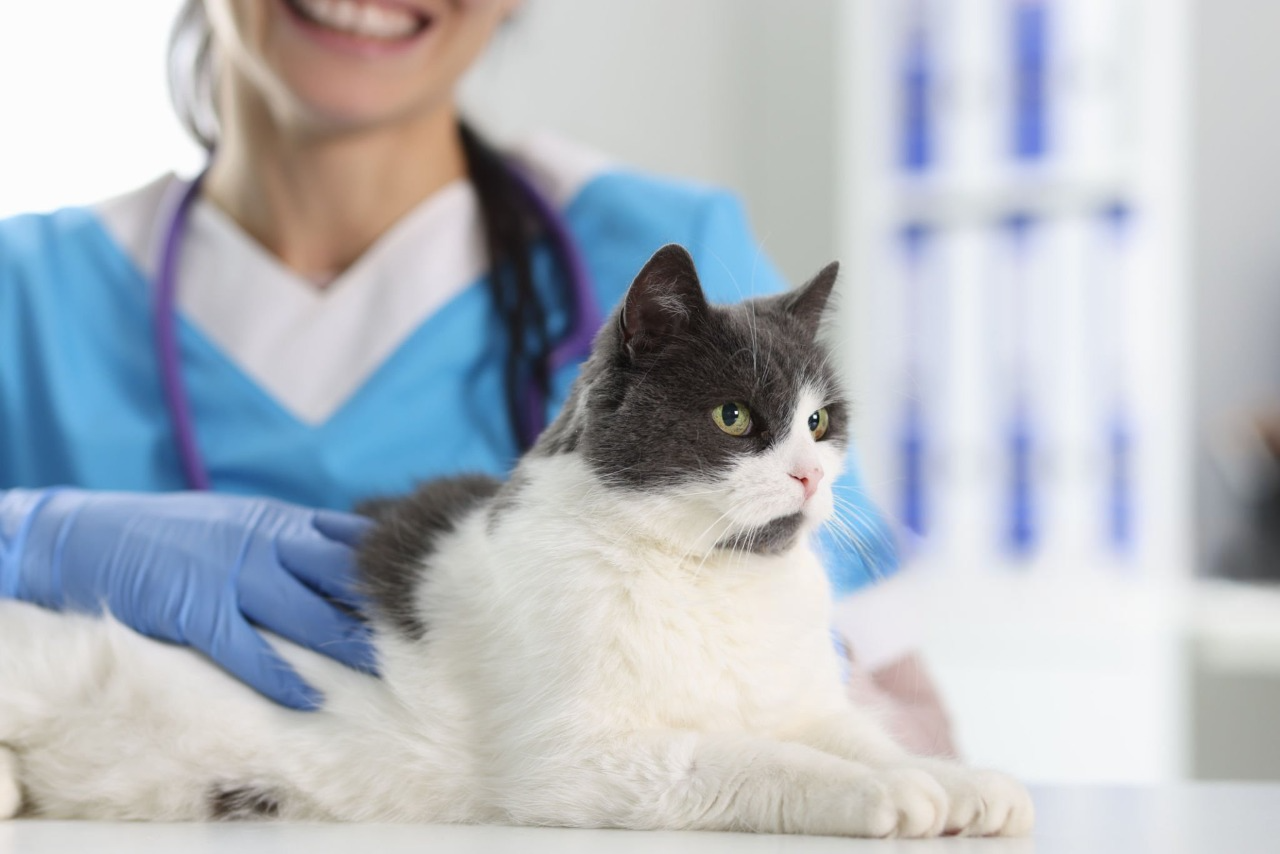How to Teach Your Dog to Shake Paws on Command: A Step-by-Step Guide
Introduction: Teaching Your Dog to Shake Paws
Can your dog shake paws when asked? This charming trick is not only fun but also easy to teach your dog. Most dogs can learn to shake paws fairly quickly with a bit of practice. In just a few short sessions, your dog will be offering its paw to greet new people or when prompted.
Essential Preparations for Training
Before you begin, make sure you have a handful of treats and, if you are using clicker training, your clicker as well. This trick works best when your dog is sitting calmly and paying full attention to you. If your dog is still working on reliably sitting on command, take some time to practice that first.
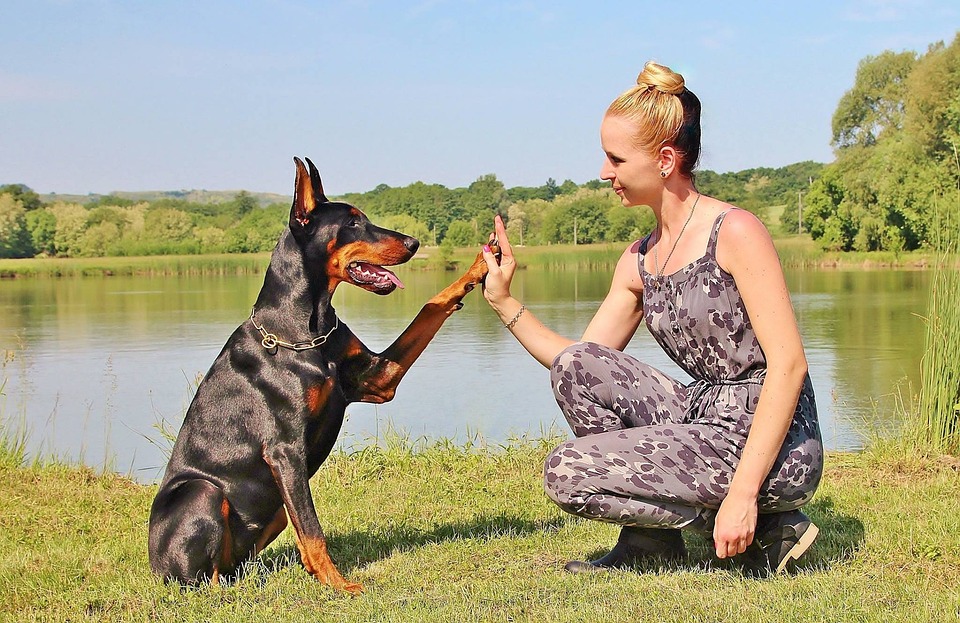
Step 1: Introduce the “Shake” Command
Start by having your dog sit comfortably. Hold a treat in your hand, show it to your dog, and then close your fist around it. This will spark your dog’s curiosity and keep it focused on your hand.
While holding the closed fist near your dog’s nose, say the command “shake.” Keep your fist in front of your dog and wait for it to start pawing at your hand. Most dogs will first sniff around, and if that doesn’t work, they’ll start pawing.
As soon as your dog touches your hand with its paw, immediately say “good” or click your clicker. Open your hand and reward your dog with the treat.
Step 2: Practice Regularly
Keep your training sessions short, around five minutes, and practice two or three times a day. With consistency, your dog will start offering its paw on command and will be shaking hands before you know it.
Step 3: Phase Out the Treat in Your Closed Fist
Once your dog begins offering its paw consistently when you say “shake,” it’s time to start phasing out the need to hold the treat in your fist. Start by keeping the treat inside your hand, but instead of giving it immediately after your dog offers its paw, use your other hand to give the treat.
Repeat this a few times until your dog begins to understand that the treat is coming, even when your fist is empty.
Step 4: Switch Hands for the Treat
Now, start holding your hand out empty, without the treat inside, and give the command “shake.” As soon as your dog offers its paw, reward it with the treat from your other hand. Over the next few sessions, your dog will learn that it doesn’t need to see the treat in your hand to offer the paw.
Step 5: Reduce the Frequency of Treats
Once your dog reliably shakes paws on command, start reducing the frequency of treats. Begin rewarding only every other time or less frequently. Eventually, your dog will offer its paw for the “shake” command without expecting a treat every time, though you can still give an occasional reward to reinforce the behavior.
Troubleshooting Common Issues
If your dog isn’t putting its paw on your hand, try moving the hand closer to the dog’s paw or gently nudging its leg or paw toward your hand. As soon as the dog touches your hand, reward it with the treat and praise.
If that doesn’t work, you can manually lift the dog’s paw and place it in your hand. Give the command “shake,” and when the paw touches your hand, reward your dog. Repeat this several times until your dog begins to understand the motion.
Proofing the Behavior
Once your dog is consistently shaking hands, it’s time to proof the behavior by practicing with other people. Have a friend or family member ask your dog to shake, demonstrating your approach first. This will help your dog understand that the shake command applies to more than just you.
Practice this with different people so that your dog becomes comfortable with the command no matter who is asking for a shake. After mastering this, you can even teach your dog to wave!
Conclusion: Enjoy the Results
With patience and regular practice, your dog will learn to shake paws on command, delighting friends and family with this adorable trick. Just remember to keep training sessions short and end on a positive note for the best results.
By following these steps, you’ll have your dog shaking paws on cue in no time. Consistency, patience, and positive reinforcement are key to success!

“A blog for pet lovers” is a dedicated space where animal enthusiasts can explore tips, stories, and expert advice on pet care, training, health, and more. Whether you’re a dog person, a cat lover, or someone who adores all animals, this blog offers a warm and engaging community for you to connect, learn, and celebrate the joy of having pets…

